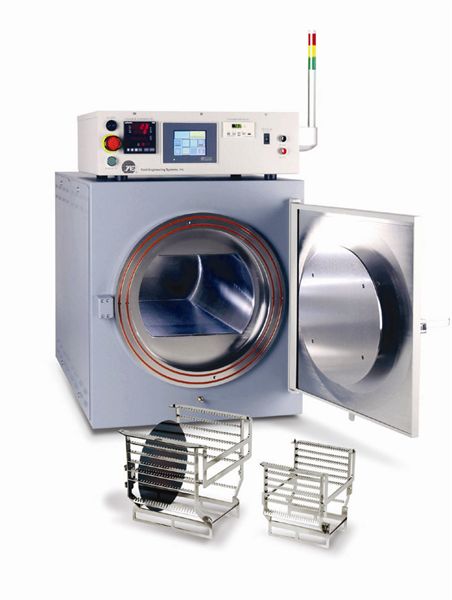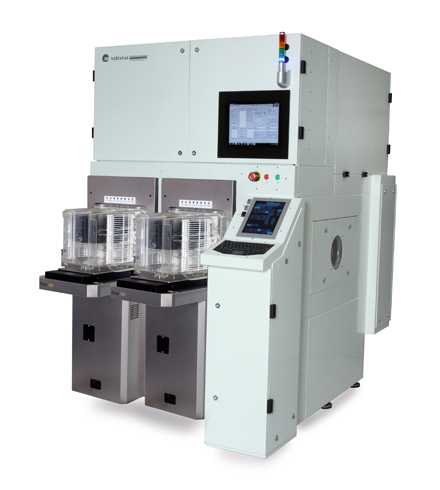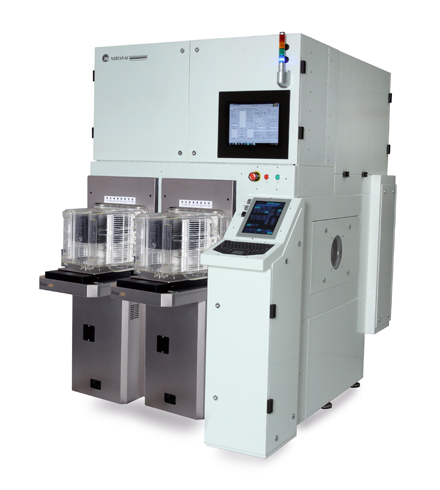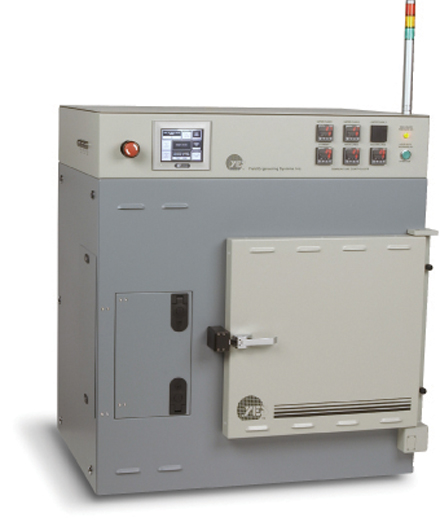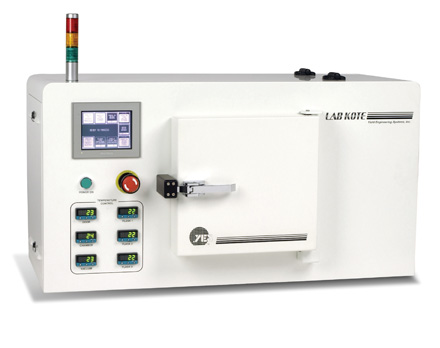YES Dielectric Vacuum Cure Ovens
Smartphone, tablet and laptop computer consumers are depending on their electronics to be small, lightweight and fast. Wafer Level Packaging (WLP) allows these products to be handheld sizes with high-quality graphics. Advanced WLP will enable the electronics industry to make the next generation of electronic products be even smaller and more powerful.
The use of Redistribution Layers (RDL) is an integral part of WLP, in which processes are being performed at the wafer level instead of later with wire bonding. An important component of RDL is the multiple polyimide layers incorporated in the Wafer-Level Packaging WLP/RDL circuits. The manufacturability of the polyimide layer depends on the curing process for the polyimide precursors.
A consistent repeatable polyimide curing process is critical in achieving uniform properties and excellent electrical properties. YES ovens provide the process conditions required for proper curing of the polyimide layer.
Read full WLP/RDL whitepaper here.
Fan Out Wafer Level Packaging (FOWLP) uses a wafer reconstruction process, where Known Good Die (KGD) and other types of devices, packages or components are placed side-by-side and embedded with epoxy mold compound. This is followed by a thin-film processing, repassivation and metallization on one or both sides of the wafer to fan out interconnections from original die pads to external pad locations.
The polyimide cure ovens offer a vacuum thermal cure that is a critical step for FOWLP and offers:
- Gentle vacuum process
- Reduction in particles
- Shorter process time
- Less Nitrogen used
- No discoloration
- No trapped solvent
- Increase in Known Good Die
Read Integrated Fan-out Technology whitepaper here.
Process Benefits
- Uniform Solvent Evaporation – The constant vacuum and hot nitrogen mix pulls out the casting solvents uniformly in a laminar flow environment. The reduced pressure enables the efficient evolving of solvents, thereby eliminating the need for temperature dwell steps. (Older methods of curing polyimide relied on dwell steps to allow the substrate to heat up and boil out solvents).
- Optimal Temperature Control – Imidization rates can be better controlled when the casting solvents are efficiently evolving from the film. As a result, the controlled temperature ramp rates can be adjusted to provide a larger process window for the proper curing of a polyimide film.
- Consistency – At reduced pressures, the solvent is efficiently pulled off without any skin being formed on the polymer. There are no bubbles of solvents/ extraneous gases trapped in the polyimide film
- (Almost) No Oxygen – Using a vacuum achieves oxygen levels below 10ppm during processing. All of our polyimide bake ovens have double door seals, creating a nitrogen “buffer” between the outside atmosphere and the inside chamber.
- Cleaner Process – Laminar flow is achieved by pulling vacuum from one side of the oven and flowing in pre-heated nitrogen from the opposite side. The result is a Class 1 environment in which there is a laminar flow that is parallel to the orientation of the wafers.


